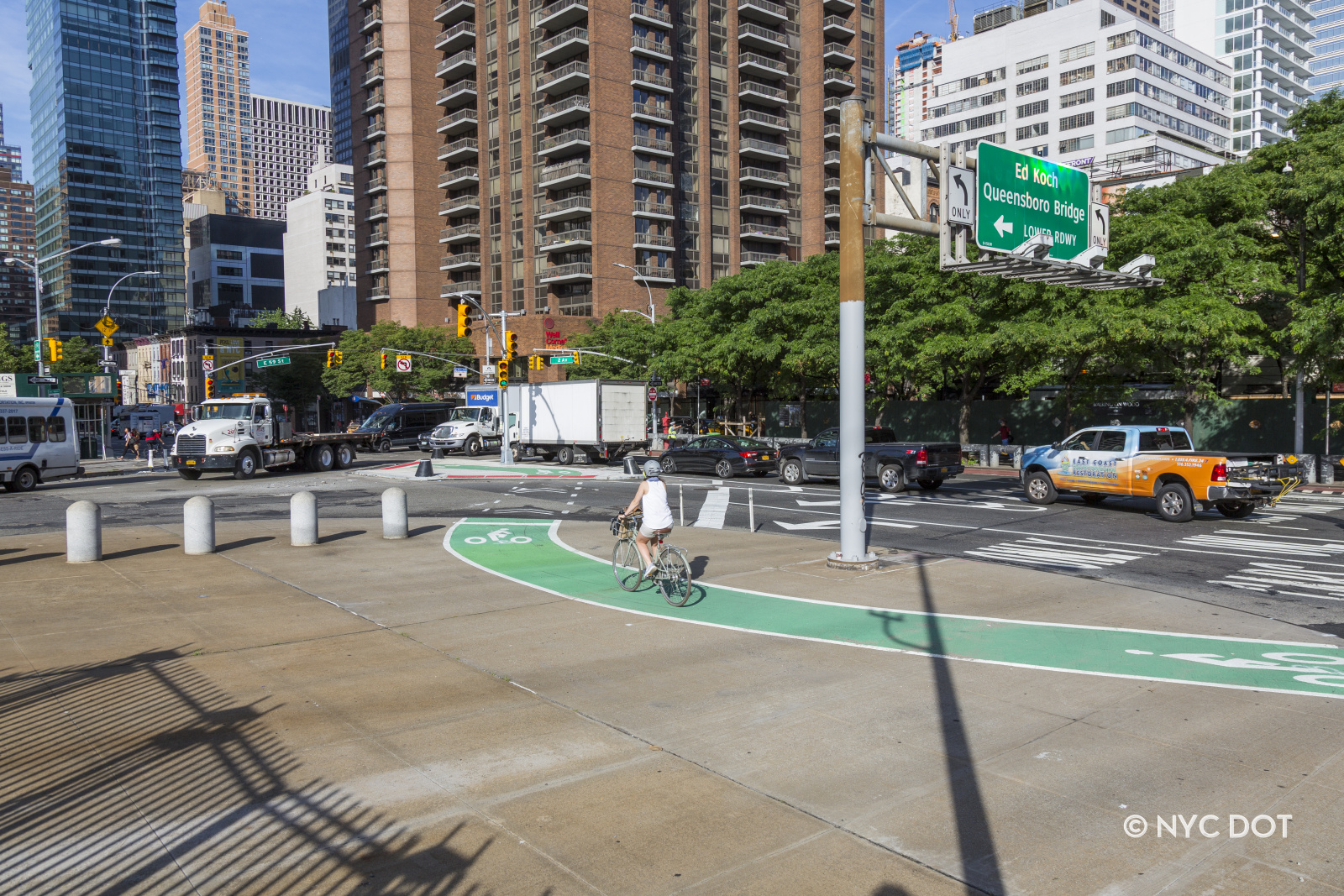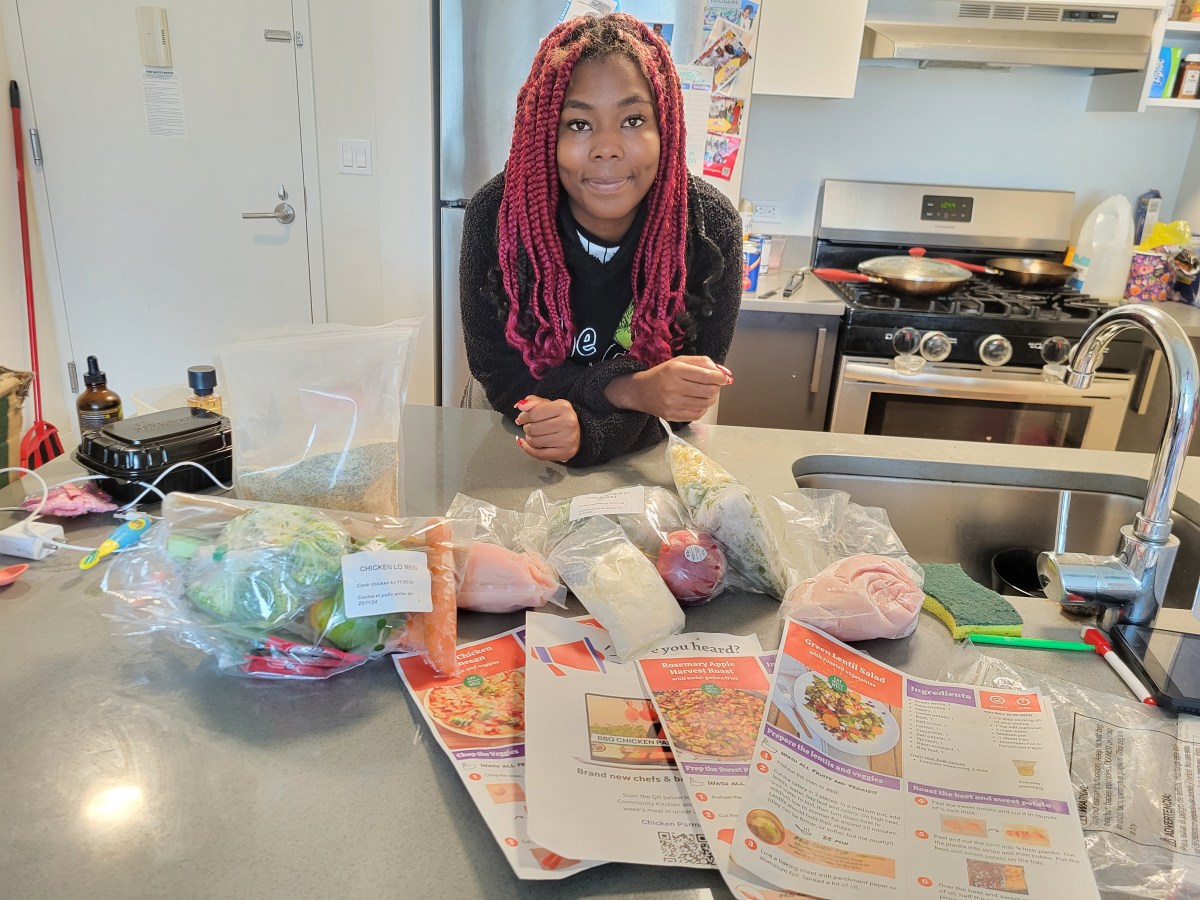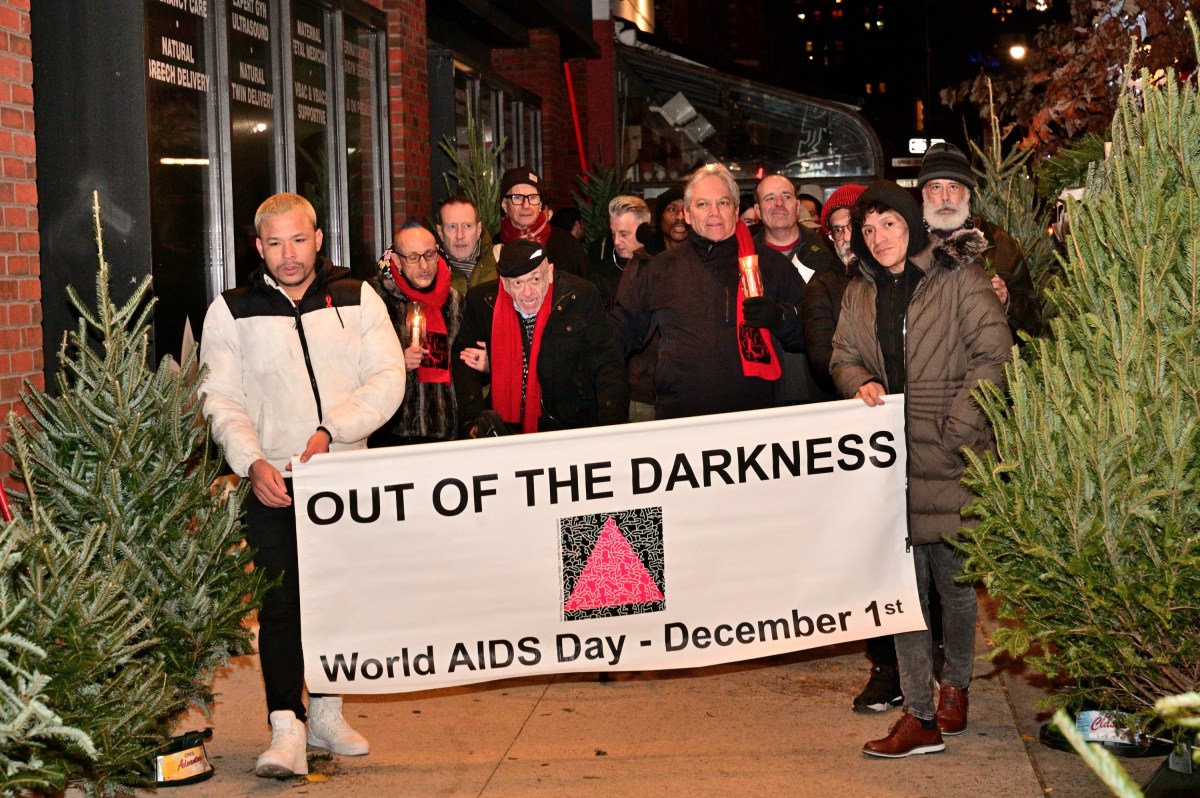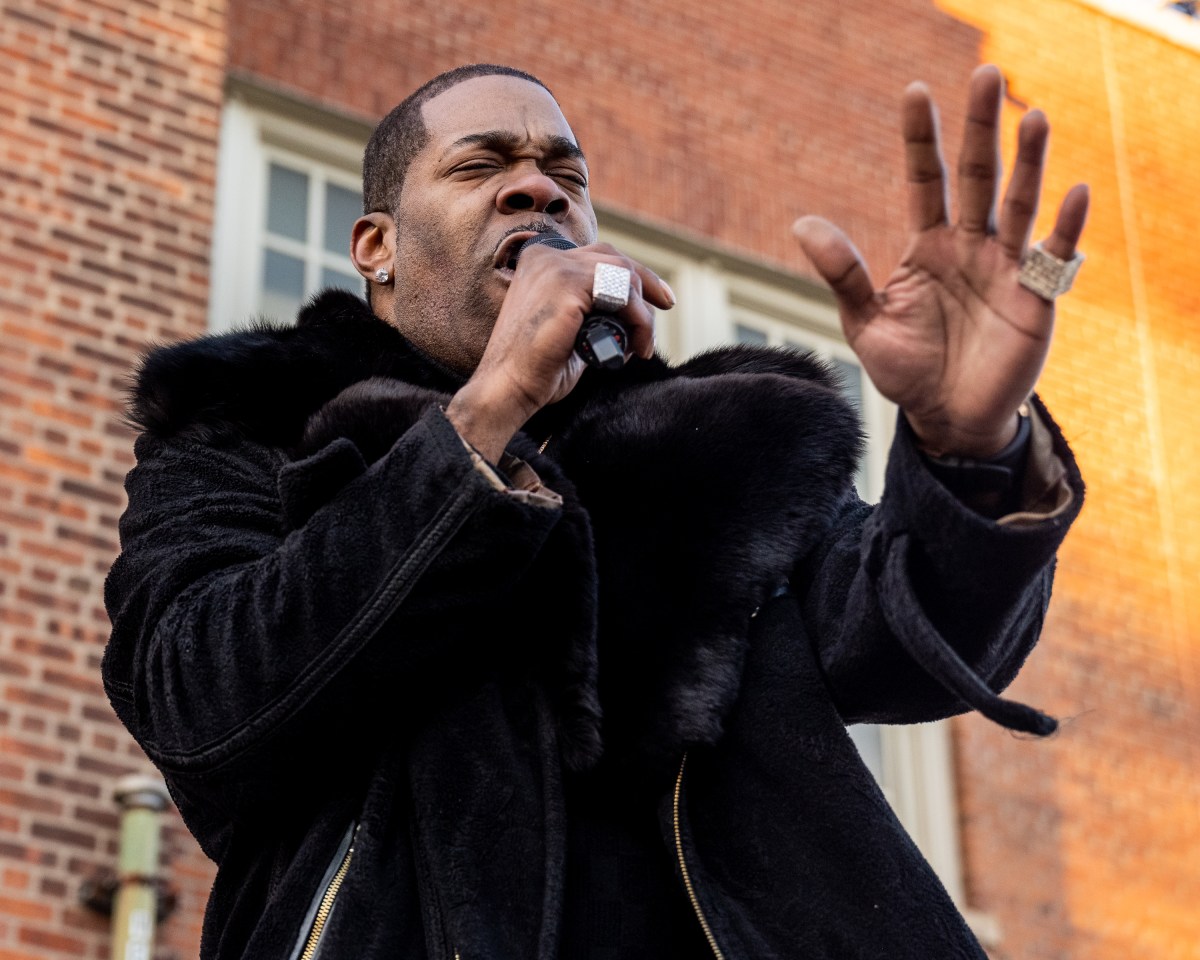BY ALEJANDRA O’CONNELL-DOMENECH | A dangerous gap in the Second Ave. protected bike lane near the Queensboro Bridge has been closed.
With the completed construction of the new section — between E. 68th and E. 59th Sts. — the bike lane now runs uninterrupted between E. 125th and E. 43rd Sts.
Upper East Side Councilmember Ben Kallos, whose district includes the area around the foot of the bridge, deemed the stretch of previously unprotected pathway “dangerous” and “an accident waiting to happen.”
Closing the gap represents a major safety improvement for cyclists, according to the Department of Transportation.

The agency plans to extend the protected bike lane by 2020 to E. 34th St., where it will connect with the rest of the Second Ave. bike path that runs down to the Manhattan Bridge at Canal St.
The most challenging part of closing the gap for D.O.T. was creating a path over the base of the Queensboro Bridge. In order to do this, D.O.T split the block into three signal phases. The first phase involves pedestrians and cyclists crossing E. 60th St. to a traffic island in the middle of the bridge’s approach area. The second phase involves crossing to another island. And the third phase involves crossing from that second, smaller, triangular-shaped second island to E. 59th St.
“As part of the Mayor’s Green Wave plan, we are committed to even more protected bike lanes, and closing this gap makes the road safer for everyone,” said Ed Pincar, D.O.T. Manhattan borough commissioner, at the ceremony.
This year, 19 cyclists have been struck and killed in New York City, almost twice as many as in all of last year. In response to the high number of cyclist deaths, Mayor Bill de Blasio announced the Green Wave plan, which calls for allocating $5.84 million in city funds and creating 30 miles of protected bike lanes every year for the next five years. According to the plan, 50 intersections will receive “turn-calming treatments” to slow down drivers, and police enforcement will increase at 100 of the city’s most dangerous intersections.
“Given recent traffic-related fatalities, we must take urgent steps to protect pedestrians and cyclists alike,” said Councilmember Keith Powers, who also represents part of the Upper East Side and was present at the ceremony. “Now, it is equally imperative to close the remaining gap in Second Ave. between 43rd and 34th Streets.”




































